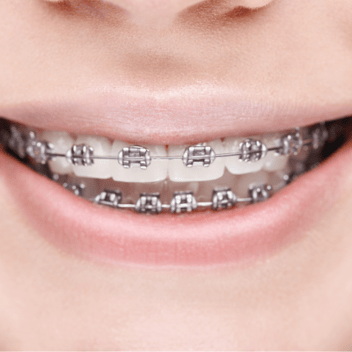Tooth Decay: Causes, Prevention, and Treatment
Tooth decay, also known as dental caries, is a common dental problem that affects people of all ages. Understanding the causes, prevention strategies, and available treatment options for tooth decay is essential for maintaining optimal oral health. This blog post provides comprehensive insights into tooth decay, its causes, preventive measures, and various treatment approaches to help you prevent and address this dental concern effectively.
Causes of Tooth Decay:
Tooth decay occurs when the protective layer of the teeth, known as the enamel, becomes damaged due to acid attacks from plaque bacteria and dietary factors. Several factors contribute to the development of tooth decay:
-
Plaque Bacteria: The bacteria in dental plaque produce acids when they come into contact with sugars and carbohydrates from food and beverages. These acids gradually erode the enamel, leading to tooth decay.
-
Poor Oral Hygiene: Inadequate oral hygiene practices, such as infrequent brushing and flossing, allow plaque to accumulate on the teeth, increasing the risk of tooth decay.
-
Sugary and Acidic Diet: Frequent consumption of sugary and acidic foods and beverages provides an environment conducive to acid production, promoting the development of tooth decay.
-
Dry Mouth: Saliva is vital in neutralizing acids and maintaining oral health. Reduced saliva flow, often caused by certain medications or medical conditions, can increase tooth decay risk.
Prevention of Tooth Decay:
Preventing tooth decay involves implementing consistent oral hygiene practices and healthy habits. Here are effective preventive measures:
-
Brush and Floss Regularly: Brush your teeth at least twice daily using fluoride toothpaste and a soft-bristle toothbrush. Floss daily to remove plaque and food particles from between the teeth and along the gumline.
-
Limit Sugary and Acidic Foods: Reduce consumption of sugary snacks, sodas, and acidic foods. Instead, choose healthier choices such as fruits, vegetables, whole grains, and dairy products.
-
Drink Plenty of Water: Water helps wash away food particles and stimulates saliva production, which aids in neutralizing acids and maintaining oral health.
-
Dental Sealants: Consider dental sealants, a protective coating applied to the chewing surfaces of the back teeth, to provide an extra layer of defense against tooth decay.
-
Fluoride Treatment: Fluoride strengthens tooth enamel and makes it more resistant to acid attacks. Use fluoride toothpaste and consider fluoride treatments recommended by your dentist.
Treatment of Tooth Decay:
Treatment for tooth decay depends on the severity and extent of the decline. Options may include:
-
Dental Fillings: If tooth decay is detected early, a dental filling removes the decayed portion of the tooth and restores it with a tooth-colored composite material.
-
Dental Crowns: A dental crown may be recommended to provide strength and protection for more extensive decay that compromises the tooth's structure.
-
Root Canal Therapy: When tooth decay reaches the innermost part of the tooth, known as the pulp, root canal therapy may be necessary to remove the infected pulp and save the tooth.
-
Extraction: In severe cases where the tooth cannot be saved, extraction may be necessary. Replacement options, such as dental implants or bridges, can be considered to restore function and aesthetics.
Conclusion:
Tooth decay is a preventable dental problem that can be addressed through proper oral hygiene, a balanced diet, and regular dental check-ups. By understanding the causes of tooth decay, implementing preventive measures, and seeking timely treatment when necessary, you can maintain a healthy smile and prevent the complications associated with tooth decay.
.png?width=80&height=80&name=Clove%20Dental%20White%20Small%20(28).png)



